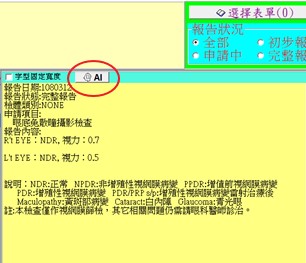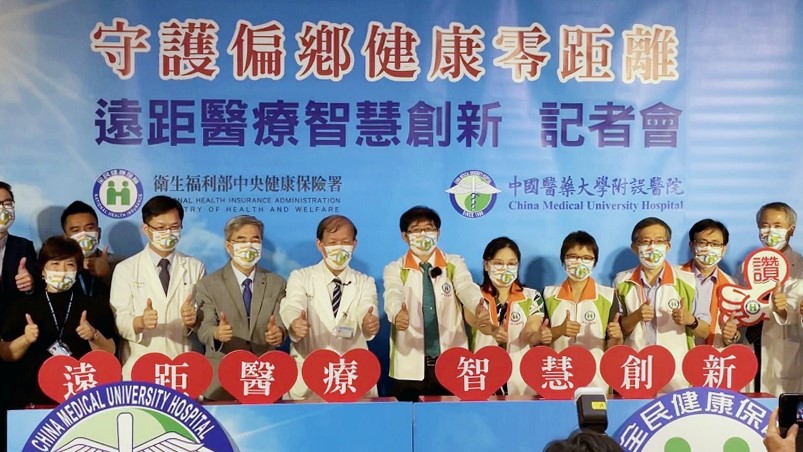Fundus image detection of diabetic retinopathy
Research & Innovation
Fundus image detection of diabetic retinopathy
According to the statistics from "2019 Taiwan Diabetes Yearbook" of the National Institutes of Health, the prevalence of diabetes in Taiwanese population exceeds 9.32%, and there are more than 2.2 million people with diabetes. Among them, diabetes can be complicated by various vascular diseases, which is one of the main causes of blindness in adults. Therefore, people with diabetes should conduct fundus photography at least once a year to prevent severe diabetic retinopathy from causing visual impairment.
With the increasing number of people with diabetes, the accessibility of screening is also insufficient, leading it impossible to refer patients to an ophthalmologist for immediate treatment at the first moment. In order to make clinical operations smoother (assist the first-line physicians in the Department of Family Medicine, Department of Metabolism, Internal Medicine, etc. to diagnose diabetic retinopathy) and reduce the risk of blindness in patients, the AI Center of our hospital has cooperated with a team of professional ophthalmologists to develop a diagnosing and grading system for diabetic retinopathy, which can be divided into 3 grades according to the severity of the lesions.
System performance: AUC (area under the ROC curve) 0.986 (Grade 0), 0.902 (Grade 1), 0.952 (Grade 2). In addition to diabetes, our hospital also actively develops other systems to assist in interpreting fundoscopic lesions, such as: glaucoma.

_03.jpg)
The application field of this system has been extended to the remote consultation in Dili Village, Xinyi Township, and Nantou County, allowing diabetic patients to conduct ophthalmoscopy in the clinics. AI system interprets and gives advice to physicians; simultaneously, the ophthalmologist who consults with our hospital will receive the patient’s examination images and reports immediately for diagnosing whether the optic disc is abnormal. The combination of AI and telemedicine implements the localization of medical care and provides services at the medical center level for patients in remote areas.

